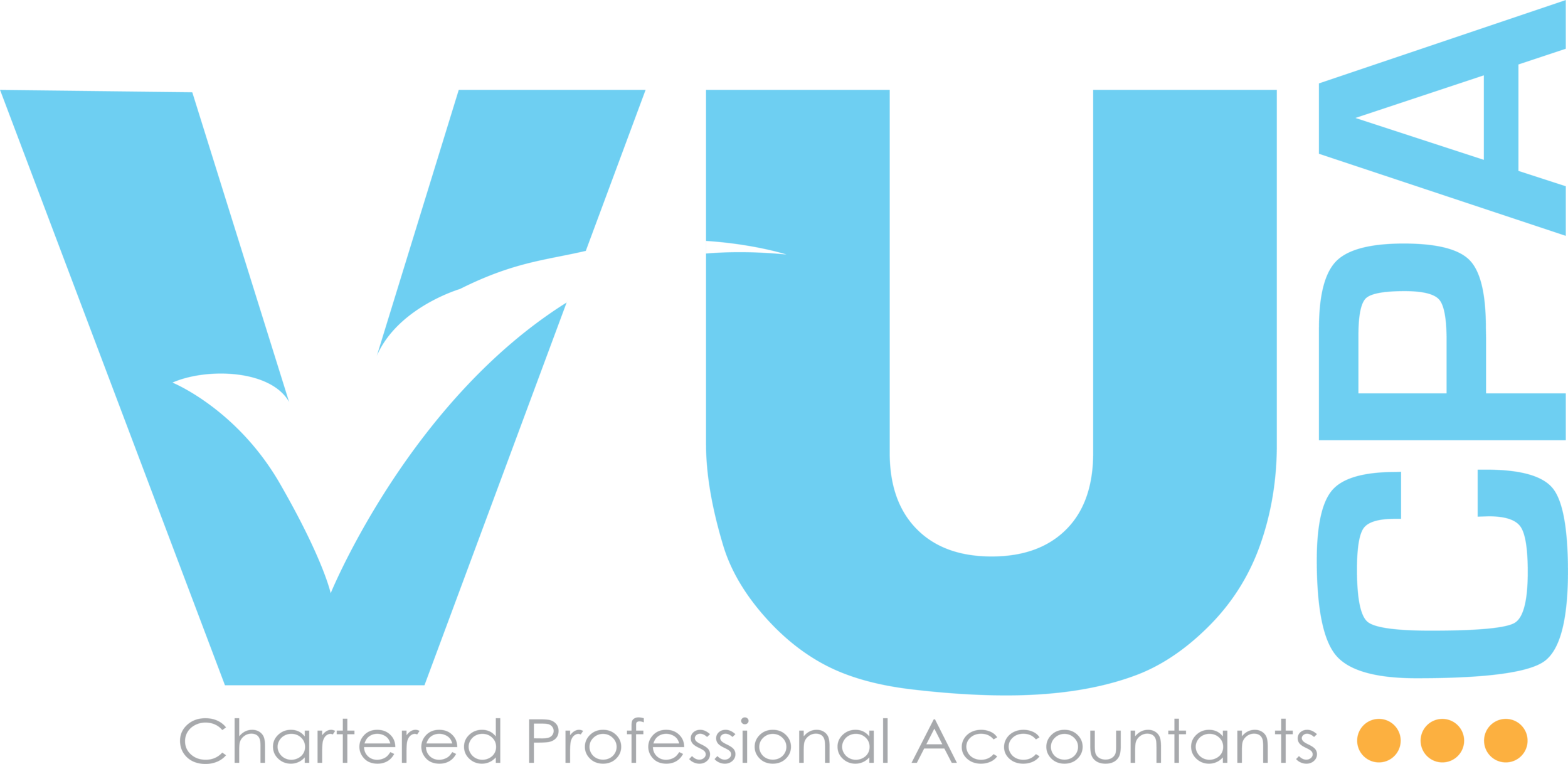If I'm making a profit, where's my CA$H?
"If my business is profitable, where's my money?"
When I tell clients that their business is profitable and making great margins they usually stare at me in disbelief.
Here's why ...
Most business owners only look at their income statement. What they don't understand is that the balance sheet (statement of what you own and what you owe) is equally as important. The cash flow statement is what ties the two statements together.
There is a difference between profit and cash flow. It all boils down to how cash is used in the company.
- Accounts receivable - If you're not invoicing right away, it will take you longer to receive your money. Customers want to manage their cash flows. Most pay invoices when they become due. Typical invoice terms are 30 days. Even if cash has not been received, it is still reported as revenue. Cash flow issue - you're paying tax on money you haven't collected.
- Inventory - If you purchase goods for manufacture or resale, you most likely have inventory on hand at the end of the year. Too much inventory on hand can create cash flow issues:
- You gave up cash to obtain it
- You pay "more" tax from net income because it cannot be expensed until sold
- Capital assets - If you purchase equipment or a vehicle with cash, you are only allowed to expense a portion of it every year. Cash flow issue:
- You gave up cash
- The asset reduces your income over years. NOT right away
- Accounts payable - If you are paying your vendors as soon as you receive the bill, cash flow is not being properly managed. Follow the lead of your customers and pay them when they become due. Cash flow issue - you're paying for expenses well ahead of when you will be able to collect from your customers.
All of the above accounts are your company's balance sheet accounts. Being able to manage and maintain a company's balance sheet is key to managing the cash flow, health and profitability of your business.
If you're making a profit BUT not managing cash flow, sooner or later you'll run into problems.
Think of your financial statements as an apple tree. Apples represent income (the fruits of your labor), the branches are your balance sheet and water your cash flow.
Without water, the branches will not grow strong. If the branches are weak, they cannot withstand the weight of the apples and will break.
More water will help grow stronger, sturdier branches, which in turn can support larger, heavier apples.
If the branches are already weak, no amount of water can help the branches support the weight of the apples in the current season.
What about time spent on office administration?
Manual time entry - On average, a half hour is spent on entering and submitting time per week per employee.
Manual data entry - for a small company with 1-3 employees, the average is one day a week.
I have a client who is a trade contractor. Before he came to me, he was doing all of the above and no job costing.
Employees = 3 @ $30/hr = $2,340/ year spent towards employees entering time
Manual data entry = 1 day per week = 416 hours per year @ $20/hour = $8,320 entering company transactions for the year
Total = $10,660
I set up a plan for him and we were able to reduce that cost by over 50% AND implement job costing.
As a result, his margins have increased by an average of 15% on contracts and he has maintained a positive balance in his chequing account since the plan's implementation.
Want to know how? Contact us.




